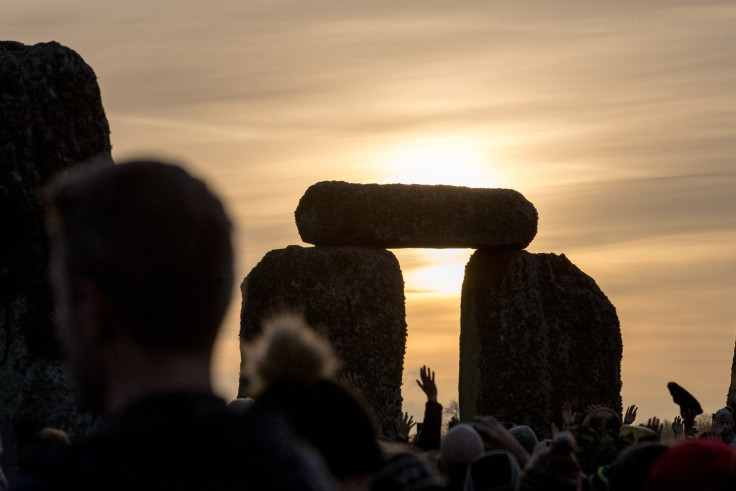Stonehenge Mystery Finally Solved: Aliens Did Not Build The Ancient Pillars

The Stonehenge mystery has baffled many people from all walks of life for centuries. The ancient, massive structure, found in England’s Salisbury Plain, is considered to be an architectural marvel and one of the world’s most intriguing mysteries.
For years, experts and everyday tourists have speculated about the origin of Stonehenge and the theories are both wild and out of this world, literally.
In fact, some medieval manuscripts from the 14th Century connected the Stonehenge to the time of King Arthur, with no less than the wizard Merlin himself as the “architect” who used magic to help erect the boulders.
Another popular theory is that the ancient builders of the stones, which are believed to have been used for rituals or burial grounds, had had extraterrestrial help to be able to build the massive structure. The pillars weigh approximately 50 tons each, so it was deemed impossible to erect using medieval tools.
However, a new study by Cambridge University archaeologist Mike Parker Pearson and his team from the University College London’s Institute of Archaeology showed that it took nothing but human ingenuity to put up the ancient structure. The researchers connected the excavations they were doing at Carn Goedog, an ancient quarry found in Wales, with the Salisbury Plain structure.
Based on their analysis, the team concluded that the “bluestones”used for the smaller upright structures of Stonehenge were quarried at Carn Goedog. Further research also revealed that the ancient builders could have tried to erect a temporary structure right there in Carn Goedog before the pillars were taken to Salisbury Plain.
This groundbreaking discovery proved that quarrying has been done since the sixth millennium B.C. and that bluestones were being extracted to be used as fences for lands. Bluestones, known for their beautiful blue shade, were preferred during the ancient times not only because of their color, but also because they were abundantly present in quarries like Carn Goedog and Craig Rhos-y-felin.
The quarrying activities in Carn Goedog dated back to the time when the first stage of the Stonehedge construction was recorded to have begun. Pearson's team also discovered that ancient builders made use of softer mudstone or sandstone wedges — found in the excavation site — as tools to avoid damaging the natural pillars. The tools played an important role in transporting the pillars to their final destination.
As to whether or not it was possible to transport the stones hundreds of miles from the quarrying ground, it was proven that with the right position, 10 people can easily move a pillar for more than a mile an hour just by pulling it.
This plausible explanation might finally be the theory we need to address the centuries-old Stonehenge mystery.
© Copyright IBTimes 2024. All rights reserved.





















